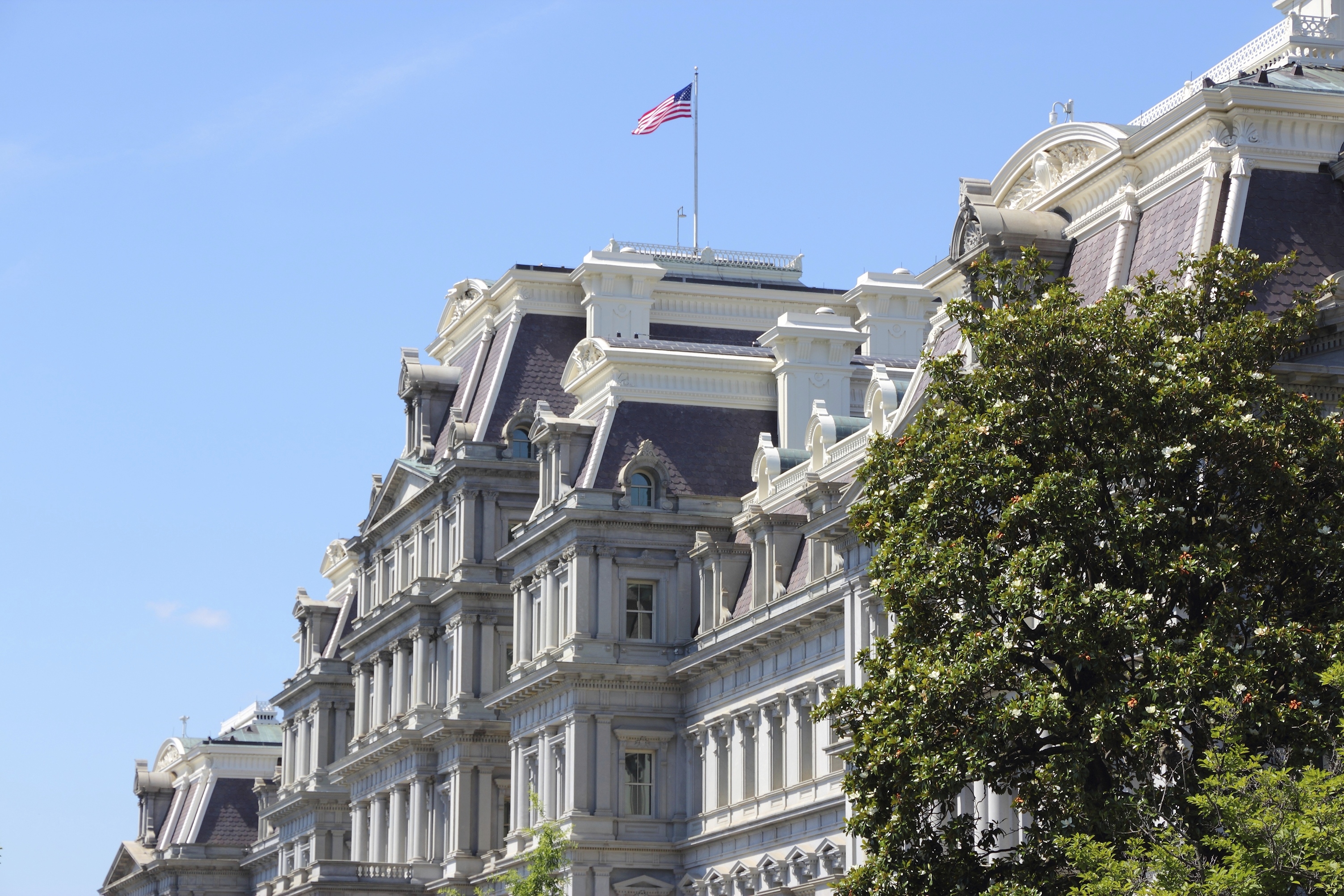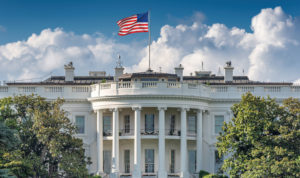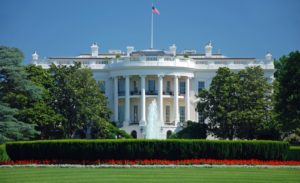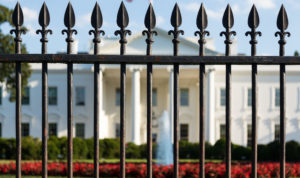
Scholar responds to University of Pennsylvania’s executive discretion series by highlighting transparency concerns.
The peeks at the recent University of Pennsylvania Law Review and Penn Program on Regulation symposium on executive discretion afforded by this publication’s recent series prompt me to write with the suggestion that, like newspapers recently, it may have confused issues of executive discretion with presidential authority in ways that can only contribute to the presidential arrogance and consequent expansion of presidential control of authority Congress has conferred on others, often in unseen ways that preclude any meaningful possibility of public accountability.
The failures of the Office on Information and Regulatory Affairs (OIRA) to keep its promises of transparency – promises that if kept would contribute to public accountability – have been well documented in recent scholarship. Here, it seems appropriate to mention two such failures.
Cass Sunstein’s keynote address at the symposium, “The Case for Greater Executive Discretion,” seems to have been the essay that appears on the Social Science Research Network in draft as “The Most Knowledgeable Branch.” The essay makes an irrefutable case for the informational advantages the executive branch enjoys in relation to Congress and the courts when making judgments about particular, complex, and expensive technological judgments.
As a concrete example, Sunstein uses the development of the 2014 rule implementing the Cameron Gulbransen Kids Transportation Safety Act of 2007, which required the U.S. Department of Transportation (DOT) to develop, almost immediately, a rule requiring improved rearview technology in cars, that might help avoid the tragedy of backing over one’s own child. A proposed rule was published in 2010; Sunstein next picks up the story in 2013 when, as he remarks, then DOT Secretary Ray LaHood wrote Congress explaining studies his Department had done. Yet there are silences in this account that I find troubling. It presents the issues as if virtually everything happened within the Department of Transportation. Although the essay’s introductory discussion properly addresses the need to avoid tunnel vision, the virtues of inter-departmental consultation, and Executive Order 12866, none of this really features in its discussion of the rear-view camera issue; and delay is explained just on the basis that OIRA had a lot of work to do. It must have. A study subsequently performed for the Administrative Conference of the United States chronicled how, during the run-up to the 2012 presidential election, OIRA’s delays consistently stretched very far beyond the Executive Order’s promises of a 60-day turn around.
I well remember, because it was so striking, Nick Bunkley’s February 28, 2012, front page story in the New York Times, entitled U.S. Rule Set for Cameras at Cars’ Rear: “Federal regulators plan to announce this week that automakers will be required to put rearview cameras in all passenger vehicles by 2014 to help drivers see what is behind them. The National Highway Traffic Safety Administration, which proposed the mandate in late 2010, is expected to send a final version of the rule to Congress on Wednesday.” And on the very next day, he reported on page B9, U.S. Delays Rule on Rearview Car Cameras: “In January, [Secretary LaHood had] told Congress that he expected the department to issue the requirement by Feb. 29. ‘Further study and data analysis — including of a wider range of vehicles and drivers — is important to ensure the most protective and efficient rule possible,’ Mr. LaHood said in a statement issued late Tuesday. ‘The department remains committed to improving rearview visibility for the nation’s fleet and we expect to complete our work and issue a final rule by Dec. 31, 2012.’” The Secretary came to this realization in 24 hours? And only because of concerns over what the facts were? It took two more years – and it should be apparent that the occasion for the delays was not departmental, as Sunstein’s account implicitly claims.
My second example concerns a rule the Occupational Safety and Health Administration (OSHA) proposed in 2013 to “Improve Tracking of Workplace Injuries and Illnesses.” Not yet adopted, it occupies second place in OSHA’s statement of its rulemaking priorities in its most recent Regulatory Plan. (First place is held by the silica dust rule, that has somehow been kept pending for years.) Someone consulting the rulemaking’s docket on Regulations.gov – quite a remarkable window into the rulemaking process but one that (Executive Order promises to the contrary notwithstanding) rarely if ever shows OIRA documents – will find among the most recent documents some correspondence and submissions seeking a reopening of the rulemaking, which had apparently reached the stage of final OIRA review some months ago. The documents several times mention a December 10th meeting at OIRA, requested by Great America Insurance Company and its subsidiary Strategic Comp, with Department officials in attendance, to discuss the employer-side insurance company submitters’ urgent wish that the rulemaking be reopened to permit discussion of some recent developments indicating that documents had been submitted in connection with the request. On its “dashboard” website, Reginfo.gov, OIRA maintains a searchable log of its meetings with outsiders, again as the Executive Order promises. The entries for December 2015 meetings include two later meetings with a wide range of labor-side interests, but not the December 10th one with insurers and Department officials. (A search for the Department of Labor and OSHA, reveals meetings about this proposal on December 17th and 21st, but not the meeting with Great American Insurance Company about two weeks earlier. OIRA does list a November 9th meeting requested by the American Insurance Association, also attended by Strategic Comp officials, but OIRA indicates that no documents were associated with that meeting. Perhaps there was a data entry error here, but it seems more likely that OIRA also held two meetings with employer-side interests.)
The rulemaking process imagined in the Administrative Procedure Act is a public process located in the agency to which Congress has assigned responsibility for issuing regulations, and for explaining the agency’s judgment in relation to the public comments it has received. The Executive Order has not only created a centralized mechanism for coordination within government; it has also moved the “public” process outside the agency with the lobbying of OIRA that has become commonplace, both before proposals are published and, as here, before final action is taken. And this is not the same “public” process. It is evident that the resulting interventions are not simply those of a superior fact-finder, but highly political – and opaque. Professor Sunstein’s account is, consequently, just as opaque to the realities he ostensibly describes.
“So what?,” one might ask. Isn’t the President politically responsible for these outcomes, and won’t stressing the responsibility of those Congress has entrusted with decision simply confuse the public, as Professor Coglianese’s study appears to suggest? Do we really need to be concerned that newspapers and the public misunderstand United States v. Texas (the pending immigration case in the Supreme Court) as a challenge to President Obama’s authority (since, after all, he trumpeted the action) rather than for what it is – as the Office of Legal Counsel well understood in the memo Professor Bellia discussed – a challenge to the authority and actions of Jeh Johnson, the Secretary of Homeland Security?
If presidential constitutional arrogance continuously threatens our movement to a “supreme authority” state, one counterforce can come from those to whom he issues directives or commands about how they should execute the laws. But that opposing force is likely to be there only if Jeh Johnson and his confreres clearly understand that what they are being asked to do is to exercise their own responsibility, for which they can be held responsible by Congress, in the courts, as well as in the public’s opinion of their service. And that, of course, is what the Constitution imagines, when it refers to their duties, when it describes their obligation to the President as being to provide him with written opinions how they will exercise those duties of theirs, and when it tells the President not faithfully to execute the laws, but to see to it that they are faithfully executed (“be faithfully executed”) by others. All this is only possible if Presidents respect the laws that place those duties in others than themselves.
Among the Nixon tapes, published in the Bressman-Rubin-Stack materials on The Regulatory State, are two conversations, one between the President, Henry Ford, and Lee Iacocca and the other between John Ehrlichman and John Volpe, then Secretary of Transportation. It is 1972. Ford’s officers are concerned that DOT is about to announce a rule requiring air bags in American cars (which GM knew how to do a lot better than Ford at the time), fearing disaster for the American automobile industry. Ehrlichman called Volpe to tell him that the President wanted him to withdraw, or at least delay, the rule’s issuance. Volpe promises to consult his lawyer, and adds that he has “a job to do.” The rule did issue – unfortunately to be derailed by the Sixth Circuit, with the result that it took 20 years more of needless deaths to make air bags standard equipment. “I have a job to do.” Those are the stakes of presidential arrogance.




